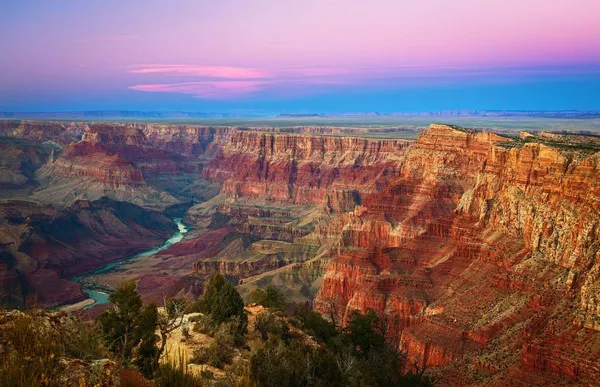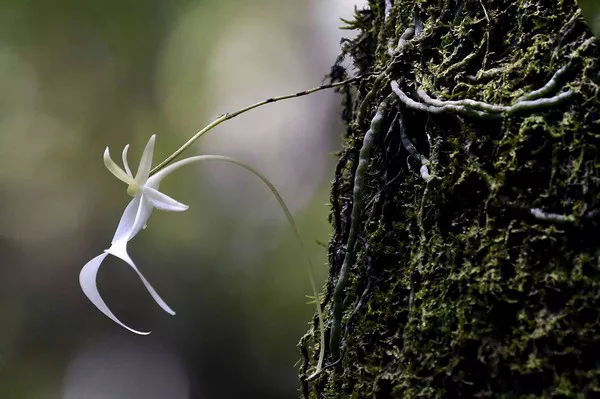Exploring the beauty of national parks has become a popular recreational activity, with millions of visitors enjoying the picturesque landscapes each year. However, a recent analysis by outdoor clothing brand KÜHL has shed light on the potential dangers associated with some of these natural wonders. The study considered various factors, including the total number of deaths, missing persons, search and rescue operations, the presence of park rangers, proximity to hospitals, trail alerts, and visitor data to compile a list of the top 9 deadliest national parks.
Topping the list is the iconic Grand Canyon National Park in Arizona, where the analysis suggests a risk of 1 in 503,000 people facing fatalities. Since 2007, 165 individuals have lost their lives in the Grand Canyon, highlighting the challenges posed by its rugged terrain.
Sharing the first position is Wrangell-St. Elias National Park in Alaska, known for its vast volcanoes and glaciers. The probability of encountering death in this Alaskan wilderness is estimated at 1 in 126,000.
Isle Royale National Park in Michigan secured the third spot, with a probability of 1 in 163,000. Situated on a remote island cluster, it presents unique challenges to visitors.
North Cascades National Park in Washington State claimed the fourth position, with a 1 in 18,000 chance of fatalities despite its stunning landscapes of valleys, waterfalls, and glaciers.
Fifth on the list is Dry Tortugas National Park in Florida, offering crystal clear blue waters and abundant marine life. Despite its beauty, visitors face a 1 in 184,000 chance of losing their lives, emphasizing the need for safety precautions.
KÜHL identified Big Bend National Park in Texas as the sixth most dangerous, with a death probability of 1 in 218,000.
Denali National Park, another Alaskan destination, secured the seventh spot, with a 1 in 119,000 chance of fatalities.
Kings Canyon National Park in California claimed the eighth position, where the data indicates a 1 in 220,000 probability of losing one’s life within the park.
In ninth place is Guadalupe Mountains National Park in Texas, known for its Permian fossil reef and forests. The analysis suggests a death probability of 1 in 514,000.
This comprehensive analysis serves as a reminder that while national parks offer unparalleled beauty, visitors must remain vigilant and adhere to safety guidelines to mitigate potential risks.


























